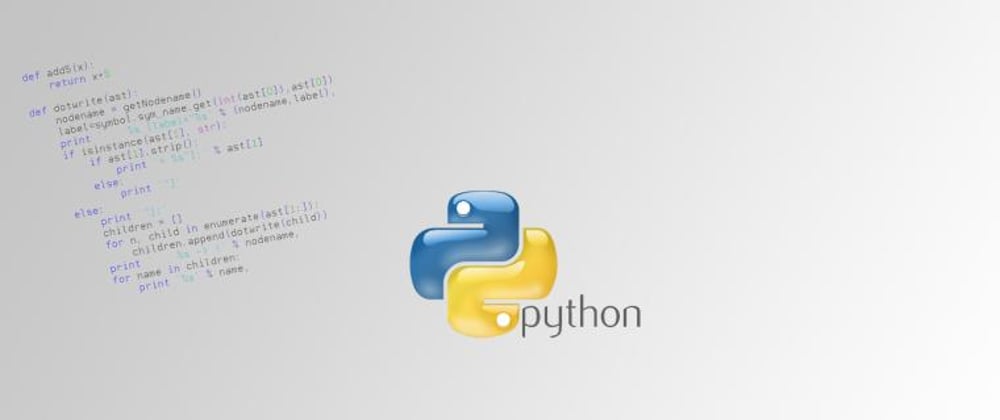With Python conditional statement or if statements, the condition (True or False) determines if to execute a code block or not.
The Python programming if statement is in the form of:
if the condition is determined:
Execute the statement ......
else:
Execute the statement ......
If the condition is not True, the latter statement is executed. Else the other code is executed. Indention used to create code blocks. The else statement is optional.
If new to Python, you may like this Python book
If statement example
The following specific examples:
# 1: if the basic usage
flag = False
name = 'python'
if name == 'python': # variable determines if condition True or False
flag = True # flag is set to true conditions are satisfied
print('welcome boss') # and the greeting message
else:
print("hello employee")
The output is:
>>> welcome boss
The condition of the if statement can have > (greater than), >= (greater than or equal), <= (less than or equal). For equality use ==.
For a set of comparisons:
if Condition 1 is determined:
Statement 1 is executed ......
elif judgment condition 2:
Execute the statement ...... 2
elif judgment condition 3:
Execute the statement 3 ......
else:
Execute the statement 4 ......
Examples are as follows:
# 2: elif usage
num = 5
if num == 3:
print('boss')
elif num == 2:
print('user')
elif num == 1:
print('worker')
elif num <0: # output value is less than zero
print('error')
else:
print('conditions met') # conditions are met
The output is:
conditions met
Python does not support the switch statement, so multiple conditions can only be achieved with elif.
# 3: plurality of condition statements
num = 9
if num >= 0 and num <= 10: # determines whether the value is between 0 and 10
print('in range')
num = 10
if num < 0 or num > 10: # determines whether the value is less than 0 or greater than 10
print('out of range')
else:
print('in range')
num = 8
# Determines whether a value between 0 to 5 or 10 to 15
if (num >= 0 and num <= 5) or (num >= 10 and num <= 15):
print('in range')
else:
print('out of range')
Related links:







Top comments (0)